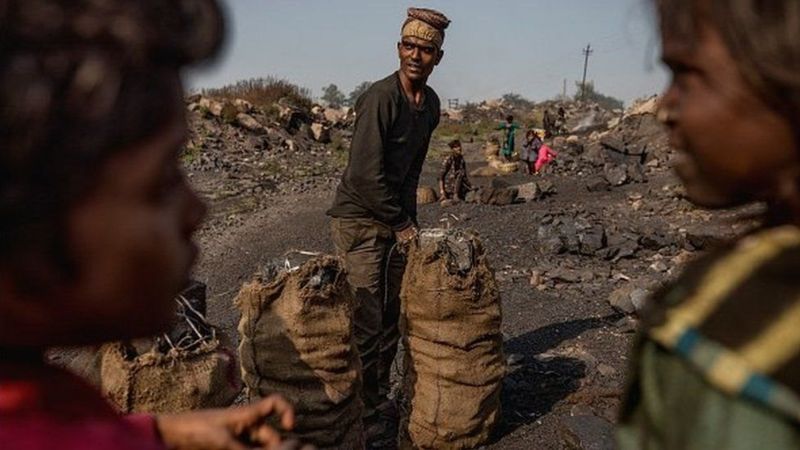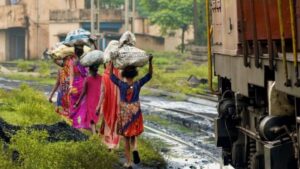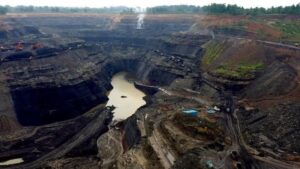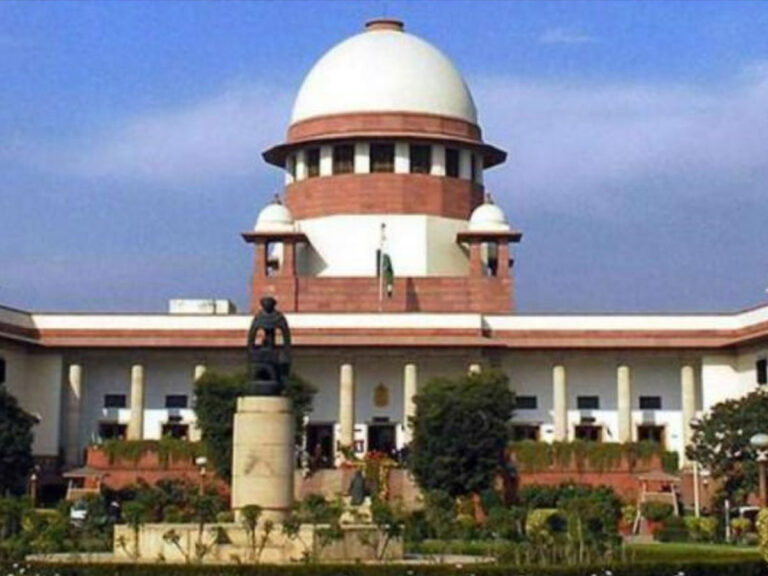
India is the third largest country in the world that extracts fossil fuels on a large scale and in that too it extracts the most coal.
Big countries of the world are demanding that coal mining should be reduced. How difficult is it for a rapidly developing country like India to lose its most important energy source?
The challenges related to climate change in India can be understood in such a way that in 2006 I had a conversation with a young businessman named Shaunak.
He had said, “Why only Indians are asked to reduce carbon emissions while the West has been polluting the earth for decades and has taken advantage.”
The flamboyant entrepreneur who owned a shoe factory in Mumbai admitted that it was filling the air with dirty gas.
He said, “I export these shoes to Britain and America. It’s like the West is sending its emissions to developing countries, so why should we stop?”
However, a lot has changed since then. Global carbon emissions are increasing continuously and India’s population and economy are also growing rapidly.
The West is constantly urging India to reduce its carbon emissions and in that too its focus is on its most important source of coal. It is one of the dirtiest fuels. It accounts for 70% of India’s total energy production.

- Lifelines for local communities
The sunrise is about to take place outside a mine in Odisha’s Talcher district and well-decorated trucks are full of coal. Just then a train passes by making noise which carries coal across the country.
A group of women in bright pink saris collect coal with their hands. She watches it closely before pouring coal into baskets tied to her head. At the same time, men are carrying heavy loads of coal on their cycles.
According to a recent report by the Brookings Institute, there are 4 million people directly and indirectly connected with the coal industry of India, who get employment from it. Most of India’s coal reserves are in the coal belt states of Jharkhand, Chhattisgarh and Odisha.
Coal is the basis of the economy in these areas. It is also the lifeline of local communities who are one of the poorest people in India.
Union leader Sudarshan Mohanty, who raised the interests of coal workers in Odisha, says, “India cannot survive without coal.”
Like Mohanty, many people present in much of the country believe that before moving from coal to clean energy resources, there should be a clear strategy that provides employment for the people dependent on coal and does not leave them behind.
Talking to me at the mouth of an open mine, he told me that decades ago many families had to leave their homes to clear the way for these mines.
They say that if these mines are removed, then they will face livelihood crisis once again.
He says, “If we stop producing coal under pressure from the world community, how will we make our livelihood?”
On the other side there was a valley of ash with green trees on the other side. Showing that side, he said that these trees have been planted to increase the forest cover.
“We can try to manage environmental concerns as well, but when it comes to compromising coal production, it is impossible,” says Mohanty.

- market for clean energy
India’s coal consumption has almost doubled in the last decade. The country is importing good quality coal and plans to open several dozen new mines in the coming years.
However, even today an average Indian consumes much less electricity than the UK or the US.
Along with this, India is also moving towards clean energy in which its target is to make up to 40% of electricity from non-fossil fuels by 2030.
Arunabh Ghosh of the environmental think-tank Council for Energy, Environment and Water in Delhi says that the country has definitely taken a leap in this direction.
Giving the example of Delhi Metro system, he said that 60% of its daily operation is dependent on solar energy.
However, Ghosh also says that it is very important to bring investment from outside to increase the project of renewable energy in the country.
“It’s not about free money. It’s very simple that we are the largest clean energy investment market in the world and we want international investors to come and invest the money and get good returns in return.”
- ‘there is no substitute’
According to the International Energy Committee, India, with a population of 1.3 billion, will have the highest energy needs of any country in the next 20 years.
But the communities of Odisha remind us that there are great challenges in reducing dependence on coal and much more needs to be done to meet them.
Jamuna Munda is sitting on the stove in a slum outside the coal mine.
Jamuna, who works in a coal mine for a livelihood, is among the more than one million people who do not have electricity but do have coal to light their home stove.
She says while cooking, “If we don’t have coal how can we cook. At night we burn it and keep it in our house which gives light.”
“If it is harmful, what can we do about it? We have no choice but to use coal.”
There are many people in India who would disagree, who would argue that the country has made a giant leap in renewable energy and has alternatives like solar energy.
But even then, a nation’s dependence on coal like this shows that a coal-free future is still far away.
Talking to Jamuna, he reminded me of what Shaunak had said years ago that how can we separate India from coal when it is very complex.
Development in this energy-hungry country often comes at a price.






